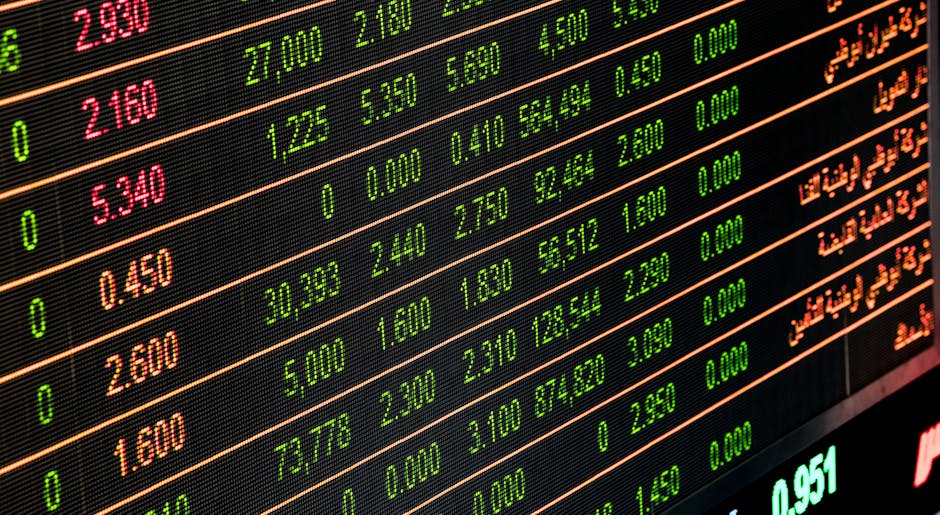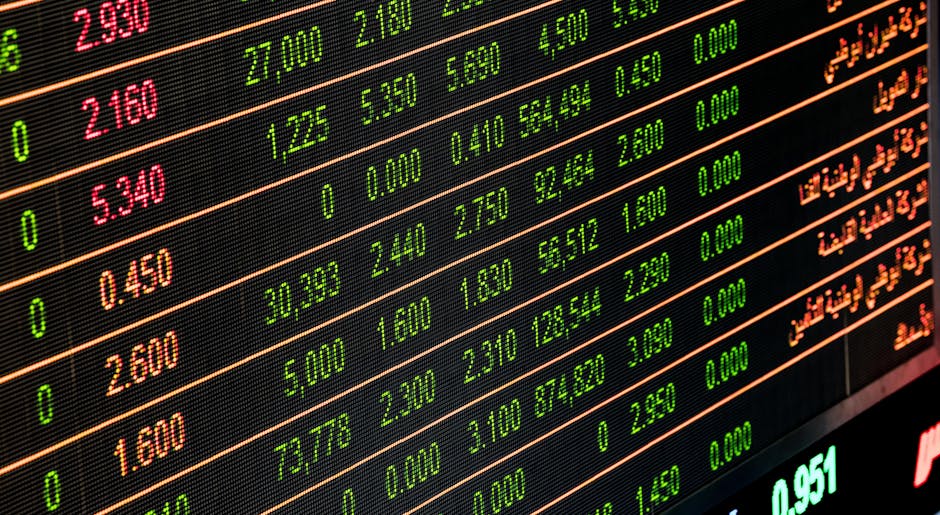Understanding the Frequency of Major Rallies in Bear Markets Before Investing in Stocks

Investing in the stock market can be a rollercoaster ride, especially during bear markets. A bear market is characterized by falling prices, pessimism, and negative investor sentiment. However, even in the midst of a bear market, there can be significant rallies or surges in the market. These rallies can be misleading, leading investors to believe that the bulls are back and the market is on the upswing. However, it’s crucial to understand the frequency of these rallies and what they truly signify before making investment decisions.
What is a Bear Market Rally?
A bear market rally, also known as a “sucker rally” or a “dead cat bounce,” is a temporary rise in stock prices during a prolonged bear market. These rallies can be quite substantial, with stock prices increasing by 10% or more. However, they are typically followed by a return to falling prices and negative sentiment. The term “dead cat bounce” comes from the idea that even a dead cat will bounce if it falls from a great height.
Why Do Bear Market Rallies Occur?
Bear market rallies can occur for a variety of reasons. They can be triggered by positive news or events, such as a strong earnings report from a major company, a positive economic report, or a change in government policy. They can also occur as a result of technical factors, such as short sellers covering their positions, or investors buying stocks that they perceive to be undervalued. However, these rallies are often short-lived, as the underlying negative sentiment and economic conditions that caused the bear market in the first place are usually still in place.
How Often Do Bear Market Rallies Occur?
The frequency of bear market rallies can vary widely, depending on the specific conditions of the market. However, they are a common feature of bear markets. According to a study by Ned Davis Research, there were 12 bear markets in the U.S. from 1966 to 2012, and each one had an average of three rallies that lasted 10 days or more. These rallies had an average gain of 14%.
What Does This Mean for Investors?
For investors, it’s important to understand that a rally in a bear market does not necessarily mean that the market has turned around. It’s crucial to look at the underlying economic conditions and investor sentiment, rather than just the short-term movements in stock prices. Investors who are fooled by bear market rallies can end up buying stocks at inflated prices, only to see them fall again when the rally ends.
How Can Investors Protect Themselves?
One of the best ways for investors to protect themselves from being fooled by bear market rallies is to have a long-term investment strategy and stick to it. This means focusing on the fundamentals of the companies they invest in, rather than trying to time the market. It can also be helpful to diversify their portfolio, spreading their investments across a variety of different sectors and asset classes. Finally, investors should always be prepared for volatility in the market, and not let short-term movements in stock prices sway their investment decisions.
Summary
Understanding the frequency and nature of bear market rallies is crucial for making informed investment decisions. While these rallies can create the illusion of a market turnaround, they are often short-lived and can lead to significant losses for investors who are not careful. By focusing on long-term investment strategies and not being swayed by short-term market movements, investors can navigate bear markets and position themselves for success when the bulls return.
